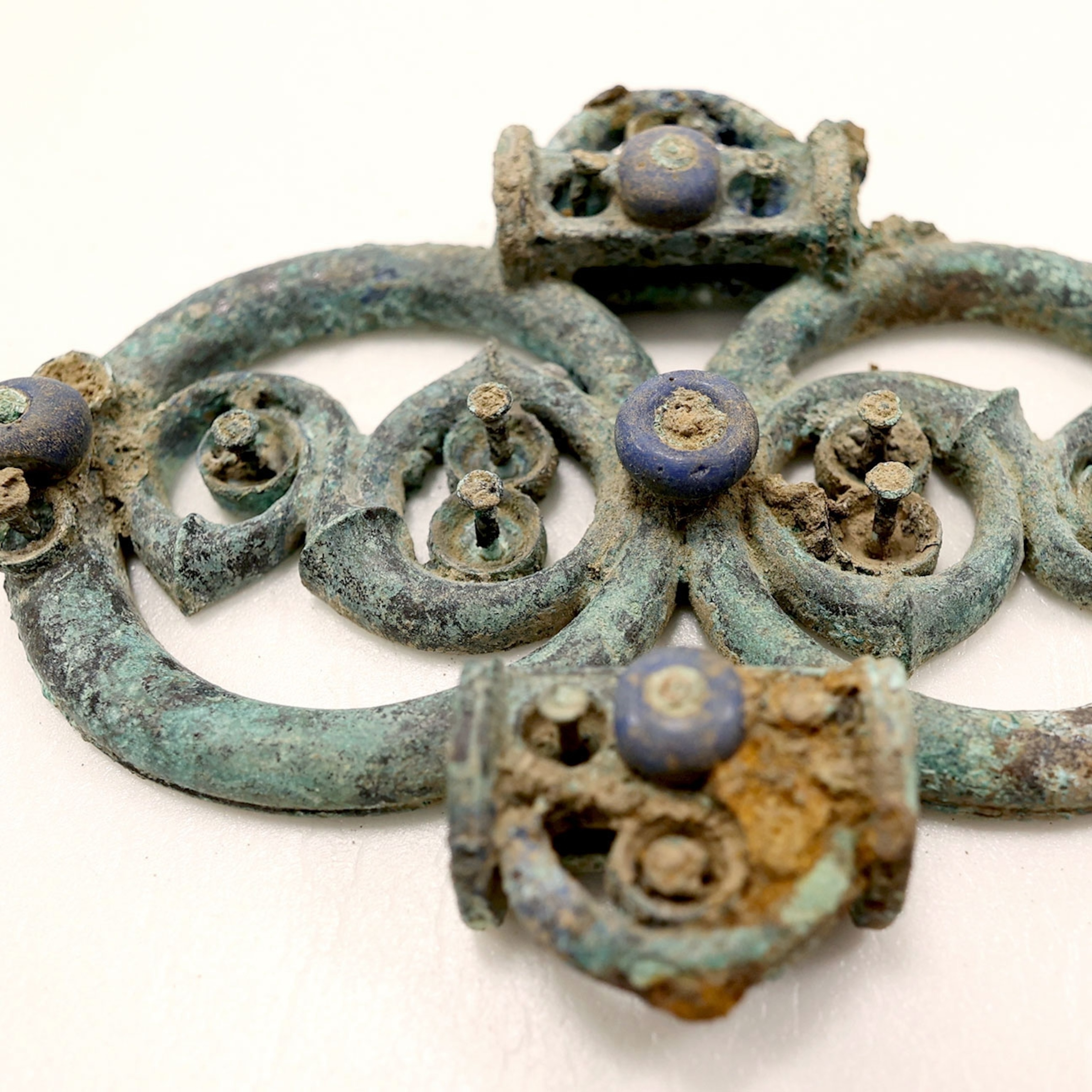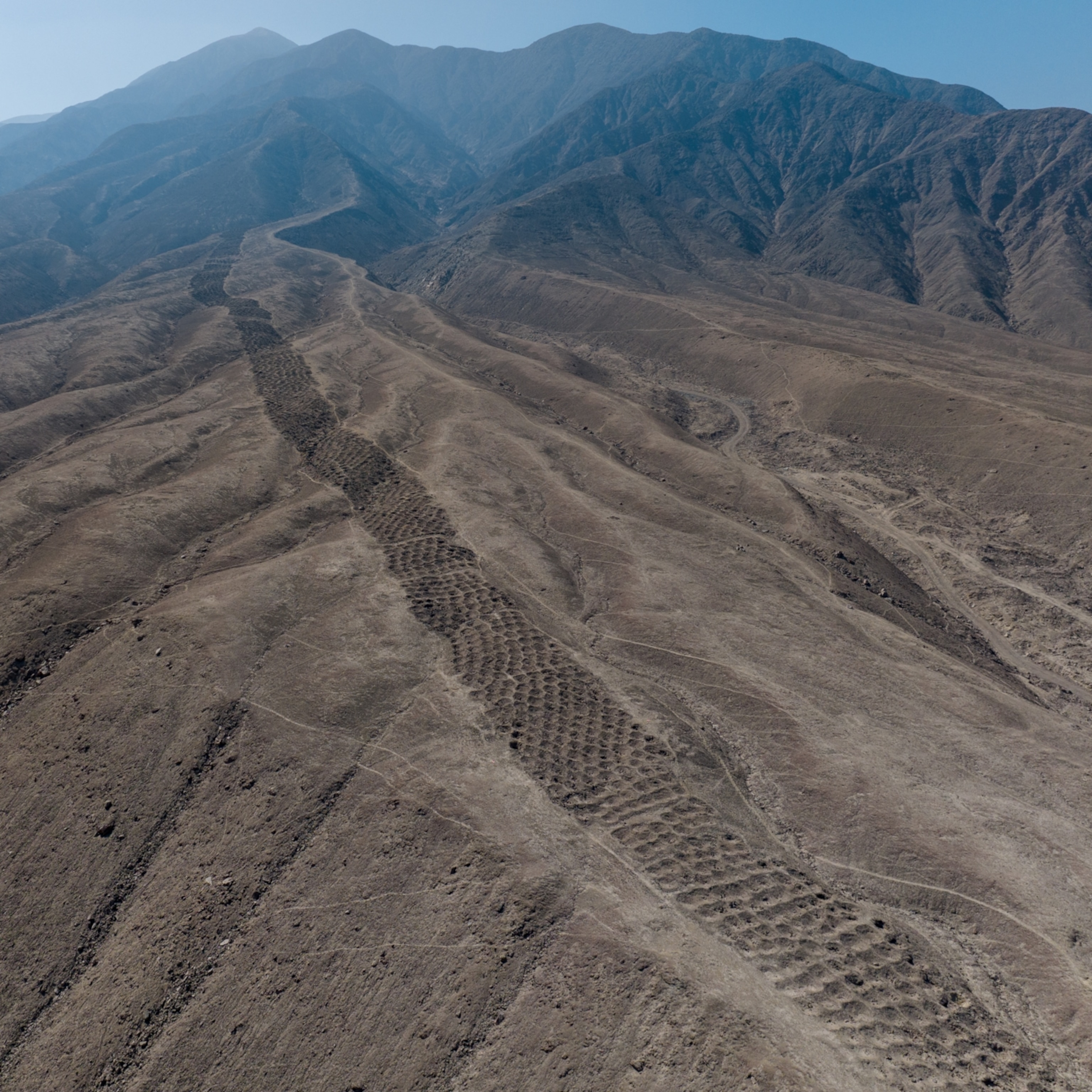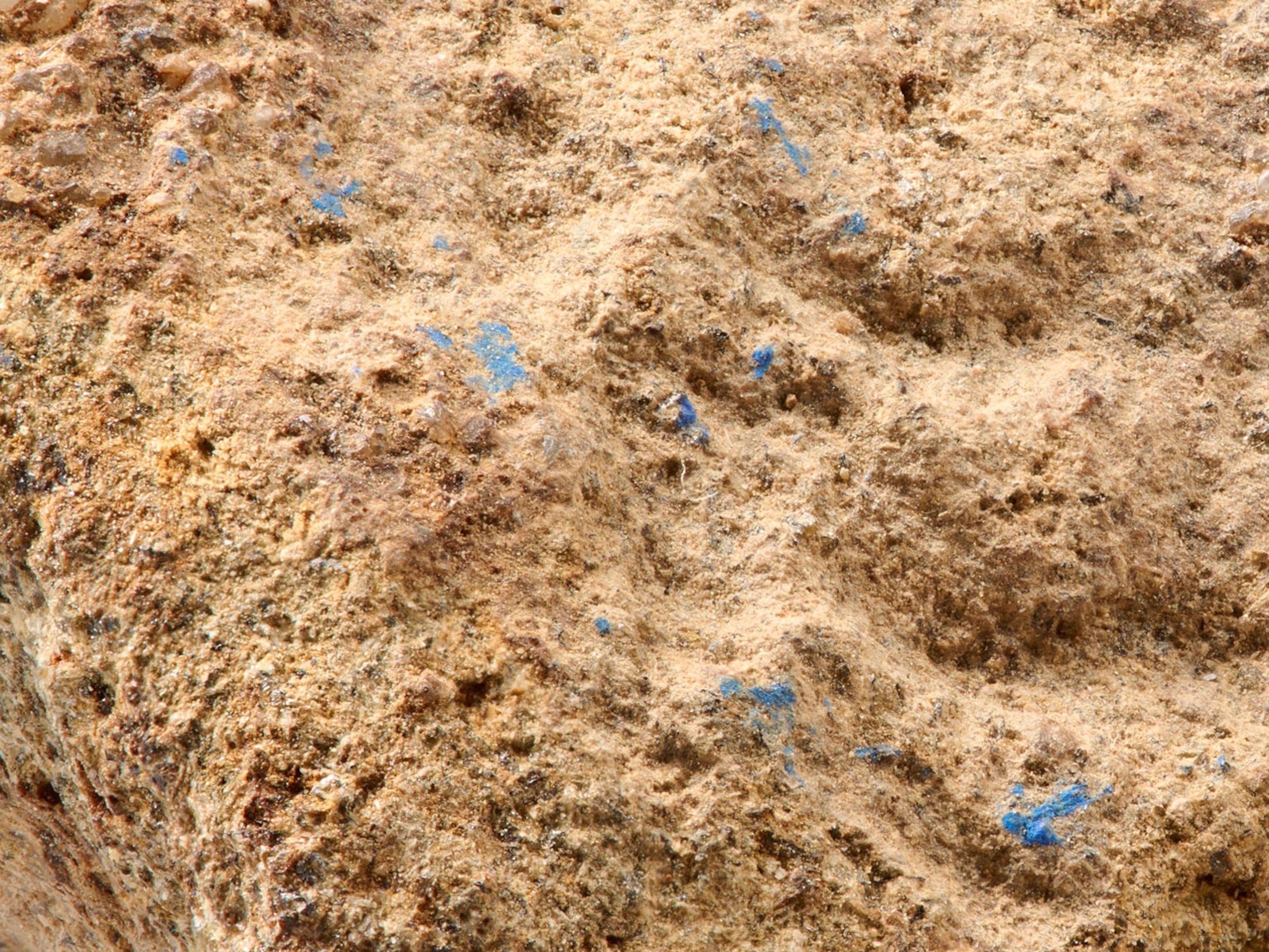
Want to Build a Strong Fortress? Set It On Fire
Ancient fortifications in Europe had melted stone walls—but it wasn’t battle damage.
A mystery has puzzled historians since the 18th century, when a survey in the Scottish Highlands found an ancient fort with walls made from stones that had been melted together. Now scientists believe they have found the explanation for this odd formation.
The discovery of the fort was at first dismissed as pure fiction; others speculated that it was actually a natural phenomenon, the remains of an extinguished volcano.
But many more such forts were found, eventually numbering around 200 in Europe, with 70 in Scotland.
How did Iron Age people, who built these structures in the first millennium B.C., manage to heat entire stone walls to 2,000 degrees Fahrenheit (1,100 degrees Celsius)?
And why did they do it, when melting the stones appeared to weaken the fortifications?
These “vitrified” forts—like Stonehenge and the Egyptian pyramids—have inspired theories that span the spectrum of credibility. Perhaps it was the cumulative wear and tear from massive signal fires? Or maybe Roman attackers waged a literal scorched earth campaign? Damage caused by ancient incendiary weapons known as Greek fire? An Iron Age atomic bomb?
None of the above, say a trio of volcanologists. They conducted lab experiments by placing samples of the rocky building material inside a box furnace to mimic the Iron Age blaze. They discovered that, while intense heat weakened the individual stones, it transformed the mortar holding them together into a dense glass substance that strengthened the overall structure.
Some Like It Hot
For decades, archaeologists believed that vitrification was an act of destruction, not construction.
That perception stems from an audacious experiment conducted in 1937 by archaeologists V. Gordon Childe and Wallace Thorneycroft. They oversaw the construction of a model stone fort, measuring 12 feet long and six feet high.
During their studies of the hill forts, the archaeologists had found “casts of pieces of timber” and carbonized pieces of wood within the “vitrified masses.” This inspired them to place wooden timbers between the stones when building their model structure. (The design, they noted, was also similar to one described by Caesar during his military campaign in ancient Gaul.)
They ignited the timbers and found that the heat they produced was sufficient to melt the surrounding stone bricks. However, the walls became unstable and collapsed.
“That experiment really solidified the point of view that weakening a fort was the motive for vitrification,” says Fabian Wadsworth, a volcanologist at the Ludwig Maximilian University of Munich and one of the authors of the new study.
However, upon reexamining the details of that effort, Wadsworth and his colleagues found some flaws, notably the “arbitrary size and composition” of the building materials.
“I would argue that the people who did that experiment in the 1930s were not as good engineers as the Iron Age people were,” Wadsworth says.
Another attempt to recreate the vitrification process was undertaken in 1980 by archaeologist Ian Ralston for an episode of the television show Arthur C. Clarke’s Mysterious World.
Ralston believed the fire damage was deliberately caused by invading armies. To prove it, a model fort wall was built, with a huge pile of brushwood leaning against it.
You May Also Like
Although the results of the ensuing bonfire were inconclusive—only small amounts of stone melted—Ralston argued there was sufficient data to support his hypothesis. He even speculated that ancient armies had experts who were skilled in the art of pyrotechnics, the equivalent of modern-day demolition squads.
And, after seeing the conflagration firsthand, Ralston believed that armies burned the stone forts not just to destroy them, but to send a deliberate message. The experimental wall, “edged by flame and glowing red at night, made an impressive sight, even against the backdrop of a modern city,” Ralston wrote. Widespread vitrification “must have appeared awesome to the prehistoric communities…a spectacular advertisement of power.”

Other archaeologists agreed the fires would indeed have been awe-inspiring, but argued the forts were not really forts at all. Instead, they were sacred sites where the burning was part of a ritual.
Perhaps the most imaginative idea of all came from archaeologist Euan MacKie, who theorized that timbers were built into the forts as protection against earthquakes, by making the walls more flexible.
The fact that earthquakes didn’t occur in Europe wasn’t a particular concern for MacKie, who proposed that alarming news of these natural disasters traveled from the Near East to Scotland and other lands. The timbers, he suggested, eventually caught fire, either purposefully or by accident.
Feeling the Heat
Destruction through vitrification has remained a popular theory in large part because archaeologists don’t typically have access to facilities where they can conduct controlled experiments at extremely high temperatures.
Volcanologists, though, have the tools and the talent: They specialize in investigating how the properties of rocks change when exposed to intense heat.
Wadsworth and his colleagues began their investigation by obtaining samples of Darley Dale sandstone, which is very similar in composition to the sandstone that was used some 2,500 years ago to build the vitrified Wincobank Hill Fort in Sheffield.
Some of the sandstone they worked with was in the form of cylindrical, solid cores; other samples were crushed into powder.
After being heated in a box furnace, the solid sandstone became as much as 47 percent more porous. This structural weakening was caused by microcracking, which occurs during heating when certain materials in rocks expand in different ways at varying rates. Tiny quartz crystals, for instance, increase in volume as they undergo a transition from a trigonal to hexagonal shape.
By contrast, the porosity of the powdered sandstone decreased by 84-89 percent as the small particles were sintered together to form a mass of dense glass.
“When I’ve visited the forts, I've noticed that there is often a lot of fine-grained building material between much larger blocks,” says Wadsworth. Whether this was deliberate, he can’t say for sure. However, the lab experiments suggest that these small particles, when heated, would have transformed into a formidable mortar that would have strengthened the overall structure of the wall.
The next step in the research, Wadsworth says, will be conducting experiments with granite, which was the most common building material for Iron Age forts and had the advantage of melting at lower temperatures.
Wadsworth also hopes there will be a repeat of the 1937 experiment—building and setting fire to a model stone wall, applying the knowledge they’ve acquired in the lab.
“I certainly would love to see the results,” he says.
Follow Mark Strauss on Twitter








